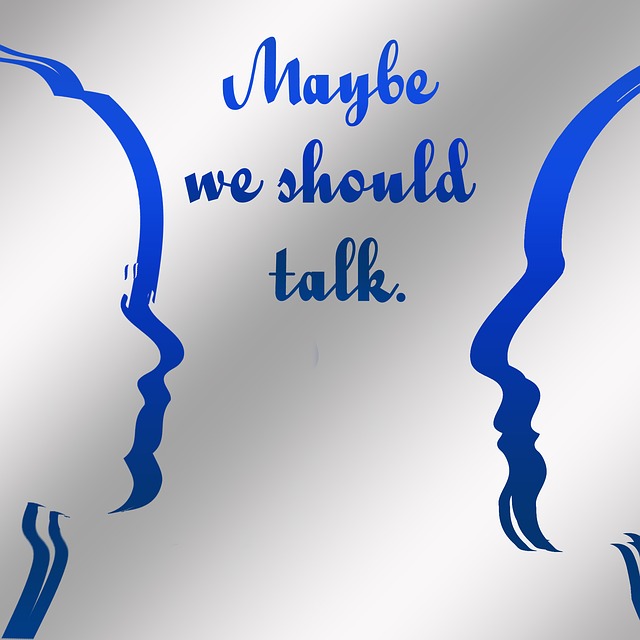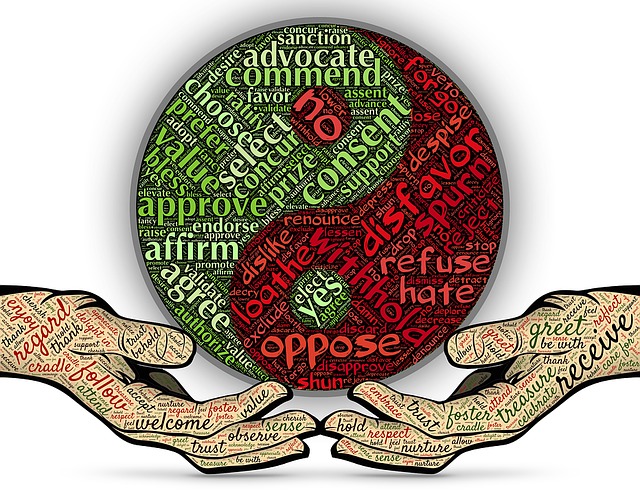Leo Babauta, creator of the blog Zen Habits, reminds us that we each invariably have one meaningful task, endeavour or initiative that we keep putting off. We find excuses, maintain our busyness, visit the fridge, go out for coffee or adopt any number of tactics to avoid facing up to the challenge of doing the one meaningful thing that we know we ought to do. Leo describes this process of procrastination as our “habituated avoidance.”
What meaningful work are you avoiding?
Your avoidance may relate to developing a solution to a seemingly intractable problem; doing that significant blog post about a controversial topic; engaging with a particular ethnic group; volunteering your services to a charity; offering a special service to a group in need; joining a Men’s Shed; or undertaking any other meaningful work.
Factors that could contribute to your habituated avoidance of the meaningful work can be many and varied, e.g. the work takes you out of your comfort zone; there is a chance you could be embarrassed; you may “fail” in what you are setting out to do; it could require significant courage to undertake the work; you could be perceived to be an “upstart”; or you might be challenged because you lack specific professional qualifications.
One of the things that I have been putting off that would fall into this category of meaningful work is the development and conduct of guided meditations via an online conference platform. The reality is that through this blog (with over 350 posts) and its numerous hyperlinks to resources, I have what I need to create these guided meditations. I also have experience conducting online conferences and have access to an online conference platform. But what is stopping me from developing these valuable events? I know that part of the reason is my uncertainty about the reliability of the online conference platform (or is this just an excuse?). I find that even in the downtime between meetings with clients, planning training activities, facilitating workshops and writing this blog, I do not embrace the challenge of creating these online guided meditations – even when I have surplus time in my life. To me, an important first step is to revisit the reason why the avoided “work” is significant or meaningful.
Revisiting your intention
Why is the work/task/endeavour meaningful? What group or individual (family member, friend or work colleague) will benefit from your undertaking this work? What are their needs that you can meet or partially address? In what way would your activity make a difference or improve the quality of their life?
For example, The process of online guided meditations would enable me to help people who are experiencing anxiety or depression, mental health conditions that have reached epidemic proportions. It would provide a way for them to connect with other people, use mindfulness to address some aspect of their adverse mental health condition, become aware of resources and support that are available to them and learn techniques and mindfulness practices that they can use outside the guided meditation experience.
Revisiting your intention in doing the meaningful work is important to tap into the motivation and energy needed to take the necessary steps to make that meaningful endeavour happen. Spending time meditating on this intention can help to energise you to take action – and overcome the internal objections, self-doubts and excuses for inaction. Leo offers three easy ways to translate this intention into action.
A simple Three-Step Method for getting your meaningful work done
Leo offers a 3-step method that is simple, time efficient and workable (he uses it himself with great effect! – you don’t create a blog with 2 million readers without successfully pushing through the inertia or the procrastination barrier).
- Create a space (a brief period that you can free up) – Leo suggests that this can even be 15 minutes, but it is important to start now (or very soon so you don’t put it off).
- Meditate on meaning and feelings – tap back into your intention and what gives the planned work meaning or significance. Having captured this meaning in your mind, do a body scan to tap into any fear, resistance, tension, anxiety or worry that you may be experiencing as the meaningful work comes clearer into focus – in the process release the tightness, pain or soreness. Then really focus your attention on the people you will be helping – tap into your feelings, sense of loving-kindness, towards them (and experience your own positive emotions that accompany compassionate action).
- Do the smallest next step – do something that will progress your meaningful work, no matter how small it seems to you. Translating intention into action, however small, sets your momentum in the right direction. Small actions build to larger steps which, in turn, increase energy; provide reinforcement; develop motivation; and offer personal reward.
As you adopt these techniques for advancing your meaningful work, you will grow in mindfulness (internal and external awareness) and build your capacity to pursue creative endeavours to make a real difference for individuals or a group. The insights gained will help you overcome inertia in relation to other things that you need to get done and the experience of overcoming procrastination in relation to your meaningful work, will flow into other arenas of your life.
____________________________________________
Image by Anemone123 from Pixabay
By Ron Passfield – Copyright (Creative Commons license, Attribution–Non Commercial–No Derivatives)
Disclosure: If you purchase a product through this site, I may earn a commission which will help to pay for the site, the associated Meetup group and the resources to support the blog.







